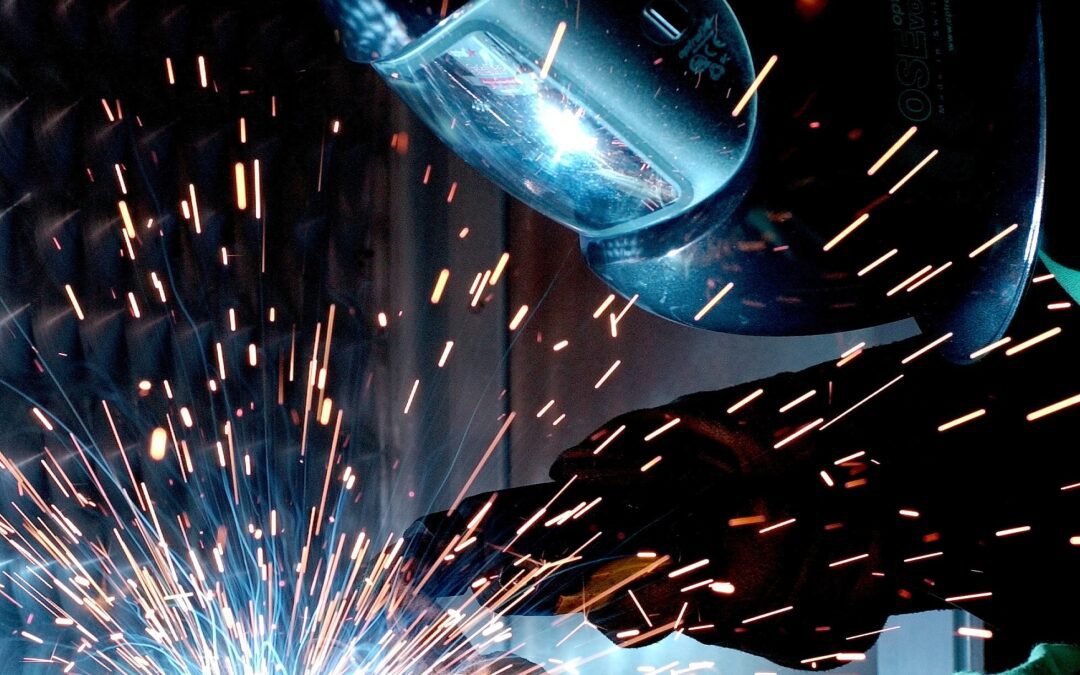Introduction
Laser welding is a precise and efficient method used in various industries, from automotive to aerospace, for joining materials with unparalleled accuracy. While laser welding offers many advantages, it also comes with potential hazards if safety measures are not diligently followed. In this blog post, we will discuss the most important safety measures that laser welders must adhere to in order to protect themselves and others in the workplace.
Laser Safety Officers (LSO) & Laser Operator Training and Certification
Before anyone operates a laser, a Laser Safety Officer must be appointed, per ANSI Z136.1. It is vital that all laser welders undergo comprehensive training and receive the necessary certifications. Adequate training ensures that the operator understands the equipment, potential hazards, and how to react in emergency situations. Certification provides proof of competence and helps maintain a high standard of safety in the workplace. Innovative Laser Safety has LSOs on staff and provides consultation and an array of resources to ensure you’re fully informed and safe. Reach out today to make sure
Laser Personal Protective Equipment (LPPE)
Wearing appropriate personal protective equipment is non-negotiable when working with laser welding machines. Innovative Laser Safety provides the industry’s best safety equipment. Don’t compromise. Reach out ILS today to ensure you and your team are protected. Common LPPE include laser safety eyewear or face shields designed for the specific wavelength of the laser being used. These protective eyewear options are essential to shield the eyes from harmful laser radiation. When selecting LPPE, make sure it is properly marked with the wavelength and level of protection.
Controlled Environment
Laser welding should always be performed in a controlled environment. This typically involves a designated work area with proper ventilation to dissipate fumes and smoke produced during the welding process. Additionally, the workspace should be free of clutter to minimize tripping hazards. Most importantly, ensure you contain the nominal hazard zone (NHZ) using the proper laser-safe barriers, enclosures, and curtains, to safely operate your laser. If you have any questions regarding your laser-safety environment, contact Innovative Laser Safety to speak to an LSO today.
Machine Maintenance and Inspection
Regular maintenance and inspection of laser welding equipment are crucial for safety. Any malfunctioning or damaged parts must be repaired or replaced promptly to prevent accidents. Operators should follow manufacturer guidelines for maintenance schedules and procedures. Your laser safety equipment, like your laser eyewear, should also be routinely inspected per your manufacturer’s/LSO’s guidelines to ensure you and your team remain fully protected.
Beam Control and Alignment
Proper beam control and alignment are paramount for laser safety. Misaligned laser beams can pose serious risks. Operators must ensure that the laser beam is correctly focused on the workpiece and that the beam path is clear of obstructions.
Interlocks and Safety Systems
Laser welding machines and enclosures are equipped with interlocks and safety systems that are designed to shut down the laser when certain conditions are not met. Operators should never tamper with these safety features and must report any malfunctions immediately.
Controlled Access
Access to laser welding areas should be strictly controlled. Unauthorized personnel should not be allowed into the workspace during welding operations. Warning signs and barriers can be used to clearly indicate restricted zones.
Emergency Procedures
Every laser welding facility should have well-defined emergency procedures in place. Operators must be trained in these procedures, which should cover scenarios such as fire, power failure, and personnel injury. Having fire extinguishers and first-aid kits readily available is also essential.
Laser Classifications
Laser welding machines are classified based on their potential hazards. Understanding the laser class and its associated safety measures is crucial. Different classes may require varying levels of safety precautions. Consult your Laser Safety Officer to ensure you and your team are safe.
Conclusion
Laser welding is a valuable technology with numerous industrial applications, but it must be approached with utmost caution. Following these safety measures diligently is essential to protect the well-being of laser welders and those in their vicinity. Prioritizing safety not only ensures a secure working environment but also leads to more precise and efficient laser welding processes, benefiting both workers and the industries they serve. Always remember: Safety first, precision second. Always consult your Laser Safety Officer with any questions.
Reach out to Innovative Laser Safety today with any questions and ensure you and your team are fully protected by the best the industry has to offer.

